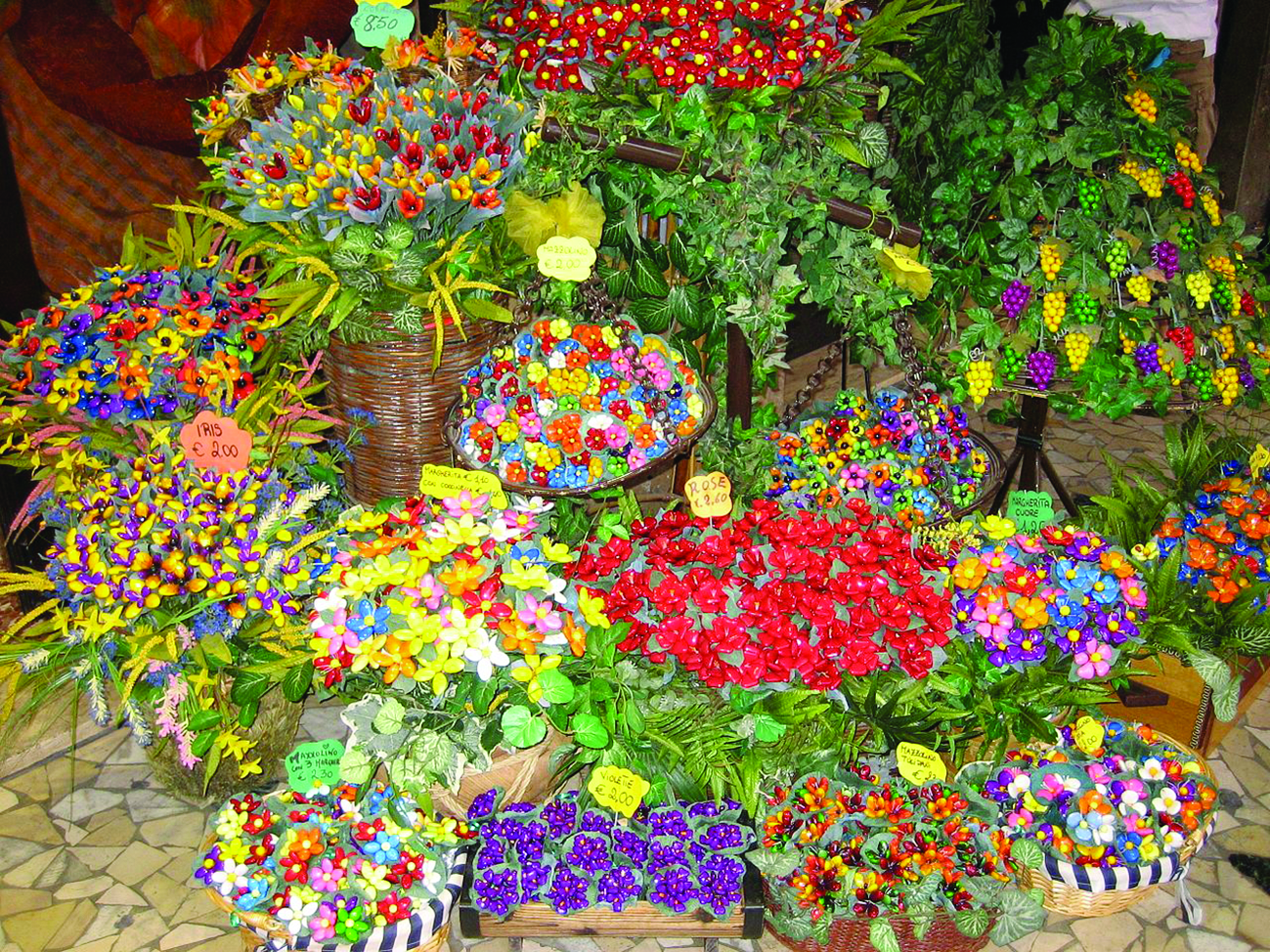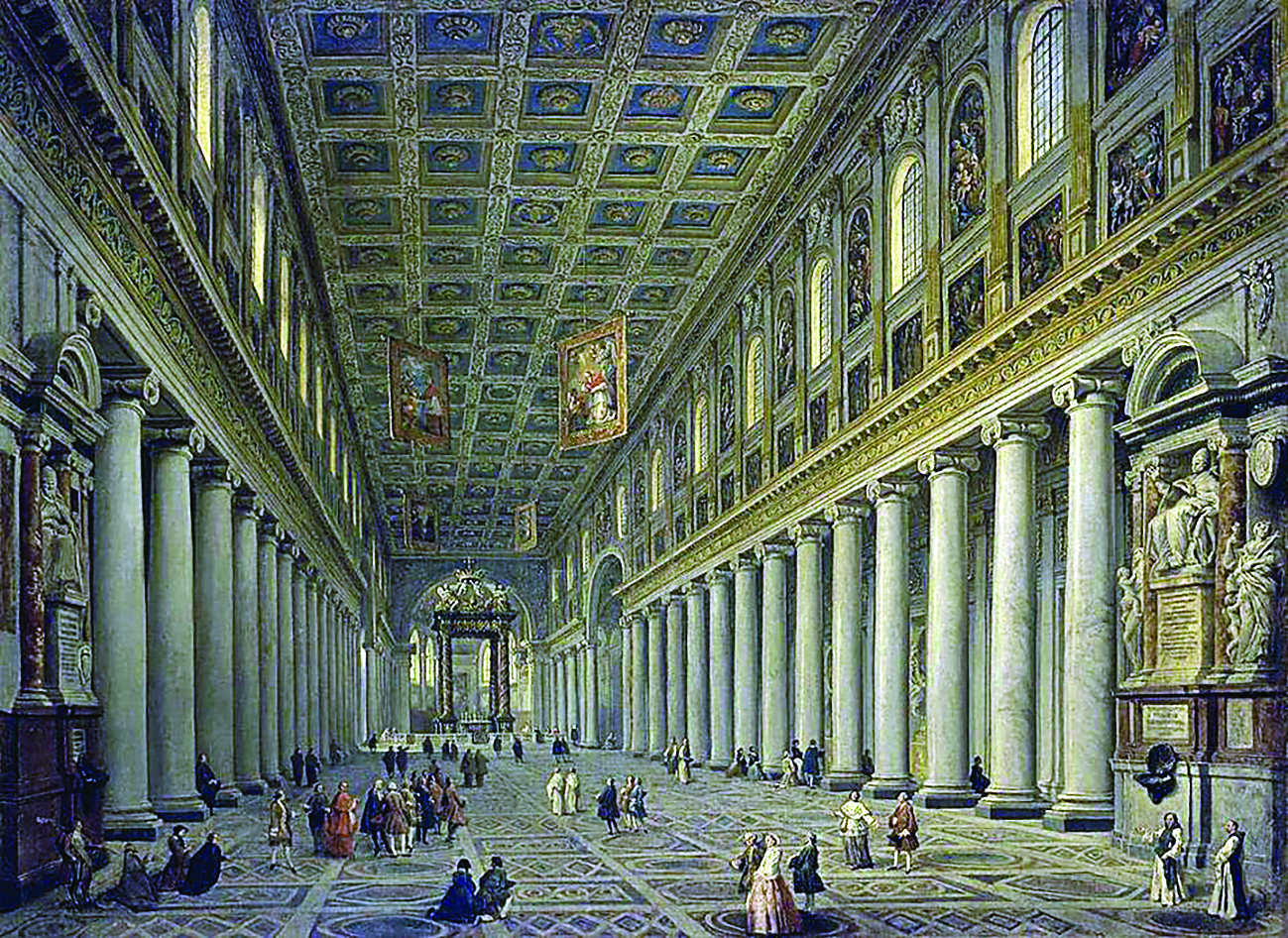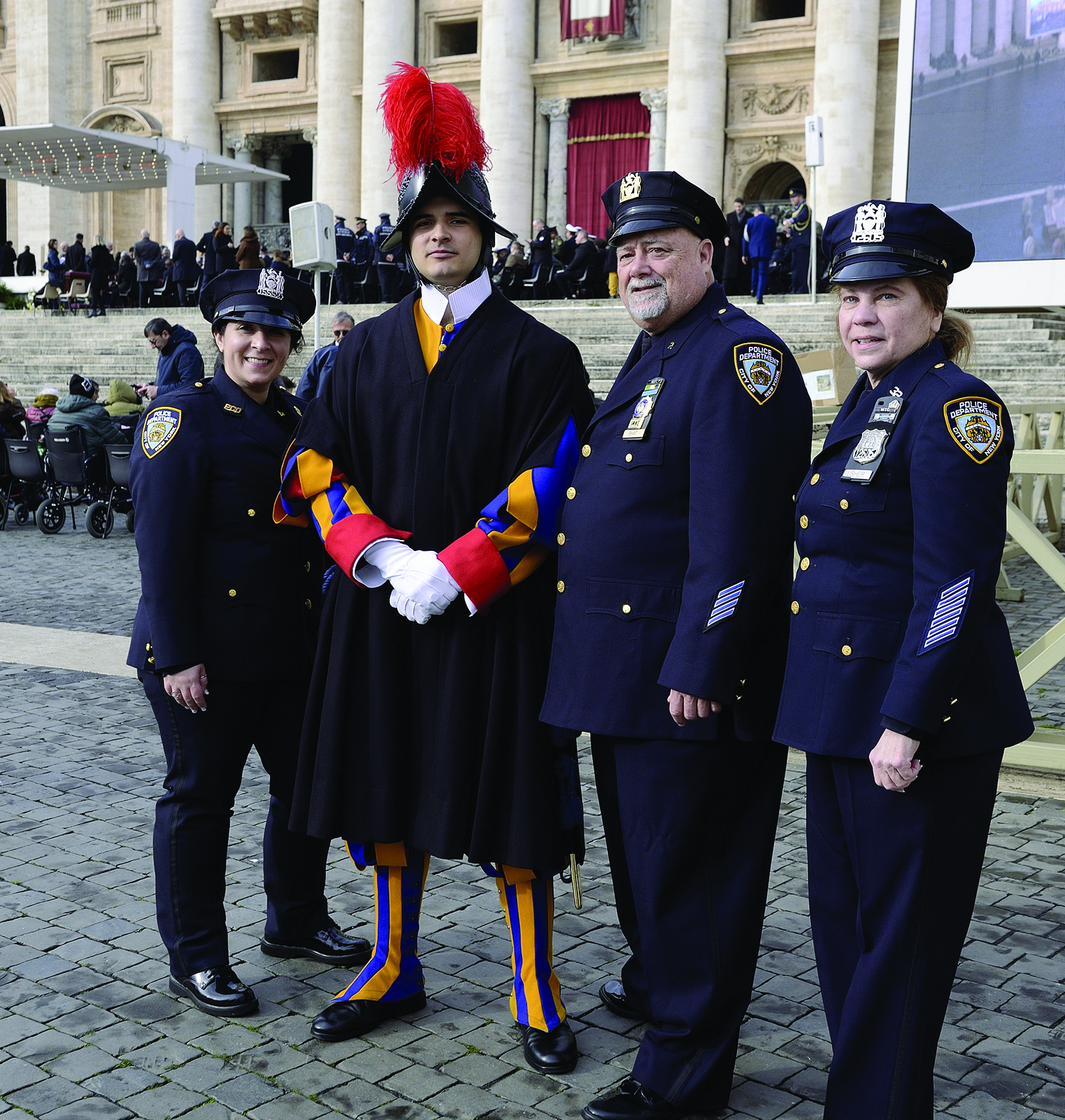By Matthew Trojacek
Syrians are on the brink of starvation, Church leader says

People displaced by fighting between the Syrian Democratic Forces and Islamic State at a refugee camp in Ain Issa. In the circle, Archbishop Jacques Mourad, head the Archdiocese of Homs
Catholics warn that Syrians are on the brink of starvation as the United Nations food program cut off its assistance in the country in January.
 “The Syrian people are condemned to die without being able to say a word,” Archbishop Jacques Mourad of Homs told Vatican Radio. “It is a terrible and unfair decision. …And for what? What is the fault of the Syrian people?” he asked.
“The Syrian people are condemned to die without being able to say a word,” Archbishop Jacques Mourad of Homs told Vatican Radio. “It is a terrible and unfair decision. …And for what? What is the fault of the Syrian people?” he asked.
The U.N. World Food Program, or WFP, said it decided to end its main assistance program this January across war-torn Syria, where over 12 million people lack regular access to sufficient food. It cited a funding crisis resulting from the COVID-19 pandemic, the war in Ukraine and now the conflict in Gaza as reasons for the decision.
In recent years, WFP also scaled down provisions to Syria and neighboring countries, like Jordan, which hosts millions of Syrians fleeing the conflict, which is now in its 13th year. The devastating earthquake that hit northwest Syria, bordering Turkey, in February 2023, also has further exacerbated the food crisis.
“The Church, along with nongovernmental organizations, cannot cover all the needs of the Syrian people because their financial capacity is limited,” explained Archbishop Mourad, who was appointed a year ago to head the Archdiocese of Homs, the third largest city in Syria. (OSV)
Audience with the Catholic Committee for Cultural Collaboration with the Orthodox
January 12, in the Vatican Apostolic Palace, the Holy Father Francis received in audience the Catholic Committee for Cultural Collaboration with the Orthodox Churches and the Oriental Orthodox Churches, on the occasion of the 60th anniversary of the institution.
The following is an excerpt from the address delivered by the Pope to those present at the meeting:
“Thanks to the constant and generous support of its benefactors, whom I thank most heartily, your Committee provides students from the Orthodox and Oriental Orthodox Churches the opportunity to complete their formation at Catholic academic institutes, in order then to return to their own communities and to share the knowledge and experience they have gained. In this way, in the name of the whole Catholic Church, you offer a concrete and impartial service that benefits the sister Churches of the East and contributes to the preparation of clergy and laity who, thanks to their studies, will serve the mission of the one Body of Christ.” (Press.Vatican)
New leader of Syro-Malabar Church faces daunting task as dissenting priests remain defiant
The new archbishop of the divided Syro-Malabar Church (SMC) in India has been well received by the faithful, but there is no sign that the differences over the liturgy that have split his Church are close to being resolved.
Upon assuming his office, Archbishop Raphael Thattil was welcomed with a grand reception held on January 22 at Thiruvananthapuram, the capital of southern Kerala state. Now he has his work cut out for him as he seeks to carry out the Holy Father’s wishes that the Church there follow one, unified liturgy. For decades, a dispute over the liturgy has divided the Church into two camps: priests from the Archeparchy of Ernakulam-Angamaly who celebrate the Mass “ad populum” (facing the people) as they have since the Second Vatican Council (1962–1965), and other dioceses that continue to celebrate the Eucharistic liturgy “ad orientem” (facing the East/altar).
The Synod of the Syro-Malabar Church in August 2021 mandated a uniform Mass liturgy in which the priest faces the altar after the offertory while the priests of the Ernakulam Archdiocese rejected this and have continued to celebrate Mass facing the people.
Synodal and papal exhortations for the Church to unify under one Mass led to several protests from clergy and laypeople. Then, Pope Francis on December 7, 2023, issued a demand that all dioceses comply with a Christmas deadline for the celebration of a “unified” synodal Mass. (CNA)
Belarus Catholics face new wave of arrests
Priests and lay Catholics from Belarus said they still hope their Church’s situation will improve, despite the continued arrests of clergy and new religious restrictions that are imminent.
“Priests are being targeted on various pretexts, and many Catholics feel pressured and harassed,” explained Father Dzmitry Prystupa, from Baranavichy in Belarus’ southern Diocese of Pinsk.
“It’s painful that there’s no free speech in our church — and that the good news, so strongly linked with truth and justice, has to be announced selectively, subject to official surveillance and verification. But I still think we should trust our church’s leaders to do their best,” he said.
The priest spoke amid the country’s plans to enforce a new Freedom of Conscience and Religious Organizations law, signed December 30 by President Alexander Lukashenko and published January 5, which will restrict educational and missionary activity by churches and require all parishes to reapply for legal status.
In an OSV News interview, Father Prystupa said fellow clergy were still coming to terms with the law’s implications, adding that he regretted that Lukashenko’s regime only thought “in a narrative of political opposition.” (OSV)
Ukrainian officials deny violence against Orthodox faithful
On November 8, the UN’s Special Rapporteur on the rights to freedom of peaceful assembly and of association, Special Rapporteur on minority issues, and Special Rapporteur on freedom of religion or belief issued a statement concerning the situation surrounding the Holy Dormition-Kiev Caves Lavra and other incidents of violence against Ukrainian Orthodox Christians.
The UN officials wrote:
“In the aftermath of the developments relating to the Kyiv-Perchersk Lavra, a notable increase in incidents of hate speech and calls to violence against believers of the UOC were recorded from several areas, mainly within the Western regions of Ukraine. For instance, on March 28, 2023, unidentified individuals forcefully broke into the remaining UOC church in Ivano-Frankivsk. This attack involved spraying teargas and forcible removal of believers and clergy from the building. Between February 1 and July 31, 2023, a dozen cases of physical violence and several cases of threats of violence resulting from conflicts between parishioners of different Orthodox Christian communities were documented. On April 4, 2023, Khmelnytskyy city council ruled to terminate all agreements of municipal land possession by UOC. Later that day, Khmelnytskyy region council ruled a similar decision, banning UOC in the entire region. Several city and regional councils also banned ‘activities of the UOC’ in their respective areas.”
In its response published on January 22, the Permanent Mission of Ukraine to the UN Office and Other International Organizations in Geneva denied the incident. (OrthoChristian)
After 1500 years, first Liturgy in Byzantine Church in Jordan

Archbishop Christophoros of Kyriakoupolis celebrated the Divine Liturgy in the Monastery of the Theotokos of the Life-giving Spring in Dibin, Jordan
For the first time in over a millennium, the Divine Liturgy was celebrated in a Byzantine-era church in Petra, Jordan.
On Monday, January 22, Archbishop Christophoros of Kyriakoupolis of the Orthodox Patriarchate of Jerusalem celebrated the Divine Liturgy together with a group of priests. The service was attended by the sisterhood of the Monastery of the Theotokos of the Life-giving Spring in Dibin, reports the Archdiocese of Jordan. The church was built in 450 AD and contains in its midst columns and distinctive mosaic floors, Greek inscriptions, a semicircular apse for the church, and is considered one of the largest churches in the city of Petra. The outer section contains a large baptismal font and a water well surrounded by ancient Roman columns. According to papyrus scrolls found in a cave adjacent to the church dating back to the 6th century, the church was consecrated to the Most Holy Theotokos. It was built in the form of a basilica with two semi-circular side apses. (OrthoChristian)






Facebook Comments